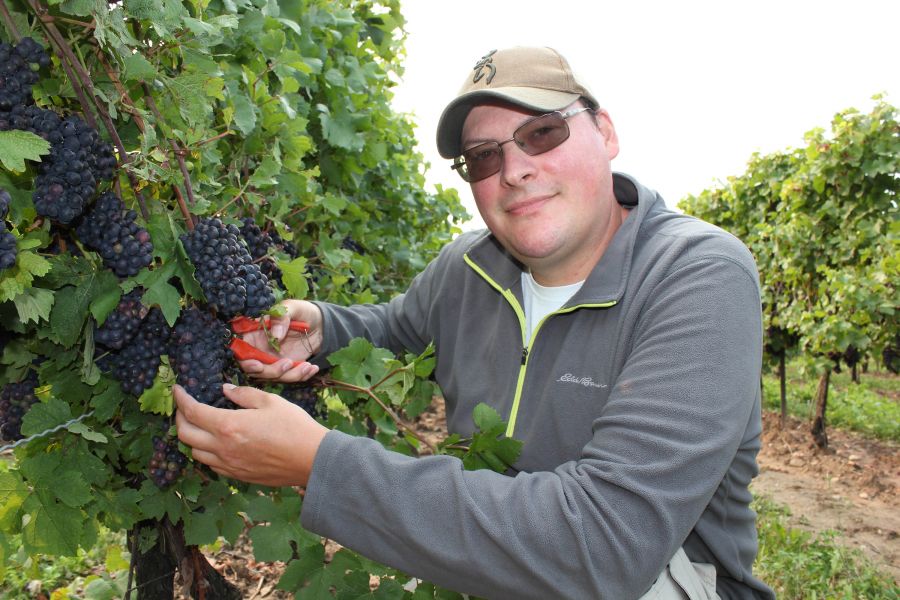The world’s global wine production will see a shortfall of 8.2 per cent this year, reaching the lowest levels since 1961 due to unfavourable climate conditions, according to reports from the International Organization of Vine and Wine (OIV).
But Canadian wine production shouldn't take too much of a hit.
Jim Willwerth, Brock University’s senior viticulturist, said extreme weather fluctuations across Europe, such as frost and drought, are to blame for damage to the regions’ grapevines.
“It’s not good news. It’s got a lot to do with our changing climate and extremes in weather,” he said. “We’re having weeks and weeks of increased risk, which we wouldn’t have seen 50 years ago.”
He explained that warmer winter temperatures are causing buds to break earlier in the season, leaving vine shoots more susceptible to frost damage in the spring.
“It’s these really big extremes and sharp drops in temperature that resulted in a lot of injury to the grapevines,” he said.
He said Canadian winemakers shouldn’t be too worried though.
The OIV’s report doesn’t mention Canada’s 2017 wine production levels, but Willwerth, who monitors the grape harvest in Niagara, said “the size and health of this year’s crop looks very good.”
“In Canada, we deal with extremes and I think we’re more prepared in terms of having some technologies available and research and outreach to help support our industry,” he said.
An example, he says, is the wind machines which help drive warm air down to the ground level of vineyards when extreme weather (like an unexpected frost) hits.
He says work is also being done by researchers at Brock’s Cool Climate Oenology and Viticulture Institute (CCOVI) to help Ontario’s grape growers better mitigate the effects of climate change and protect their harvests from extreme weather events.
There is also a program called VineAlert, which Willwerth helps operate through the CCOVI. The program lets the regions’ grape growers know of immediate cold weather threats to their vines so they know when to turn their crop-protecting wind machines on.
As far as cost effects for consumers, Willwerth said price increases of wines from affected regions might not be felt right away, though if those regions sustain damage for multiple years in a row, we will “definitely see it in our pocketbooks.”
“The thing with wine is a lot of it is still in the cellar, so we might see downstream effects of this in years to come,” he explained.
He says he doesn’t know exactly what those impacts will be, but that we can assume there will be some.
Contrary to global wine production reaching its lowest levels in half a century, the OIV reported an increase in wine production for the U.S., but stressed that the data was compiled before the wildfires broke out across California’s wine country earlier this fall.











